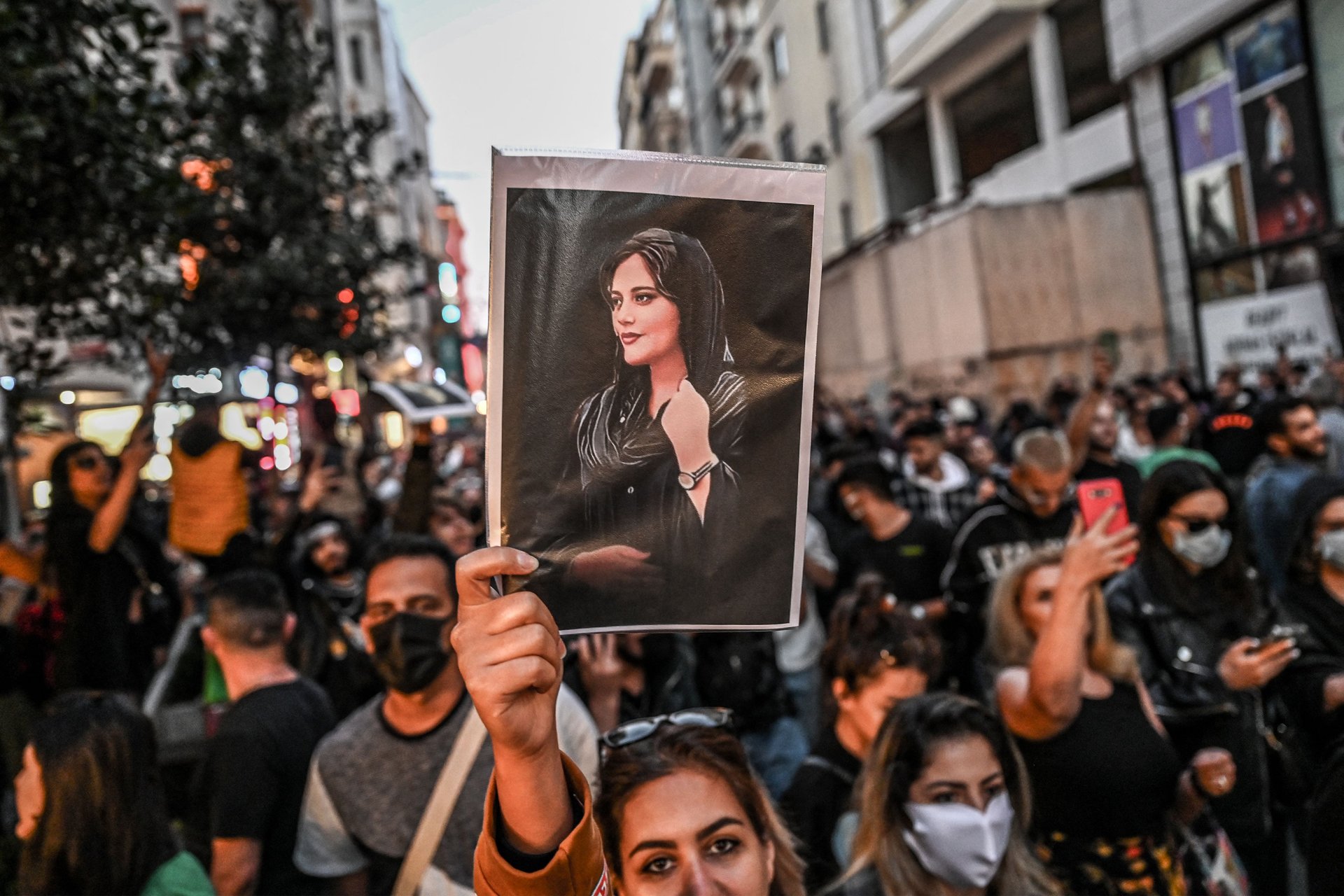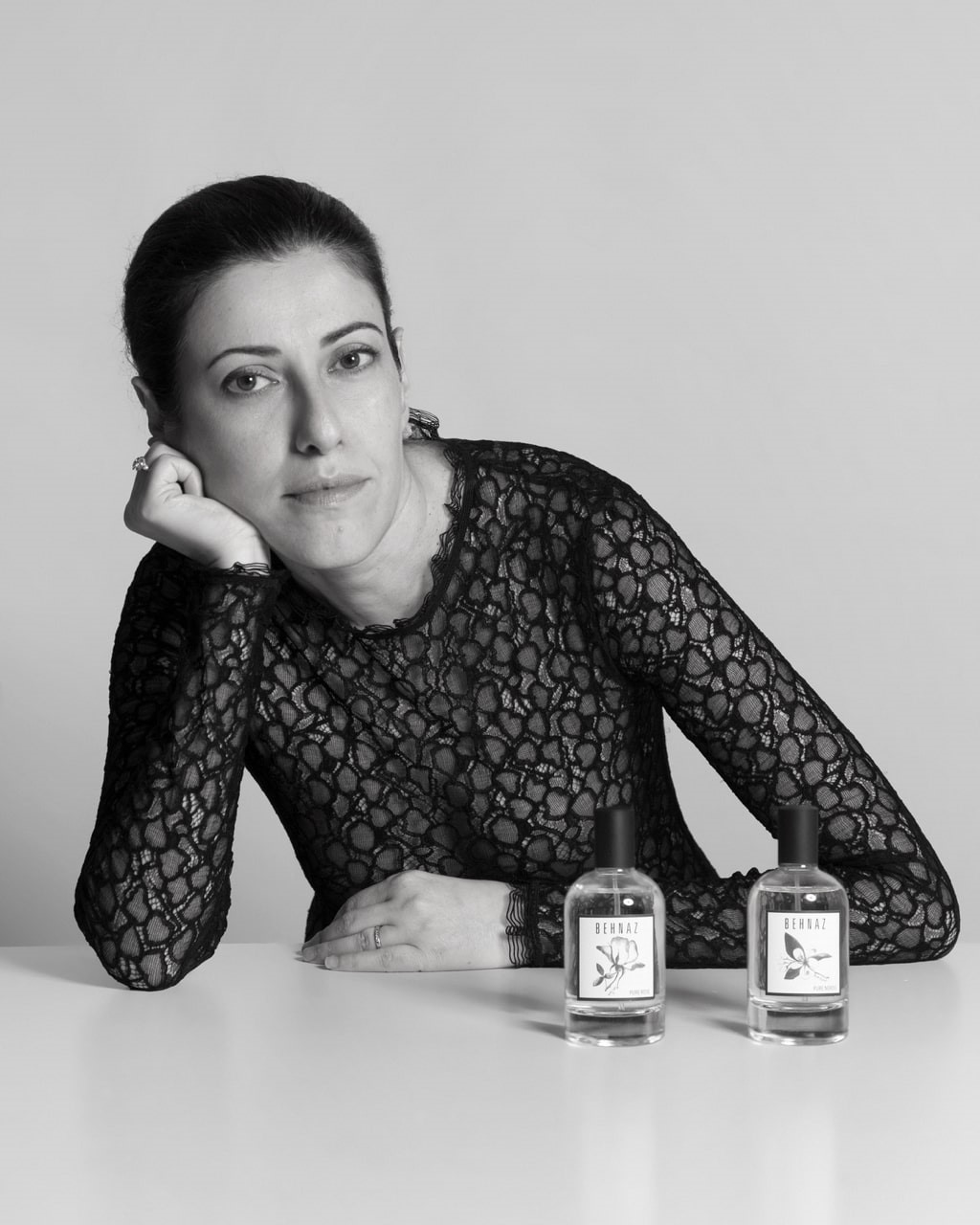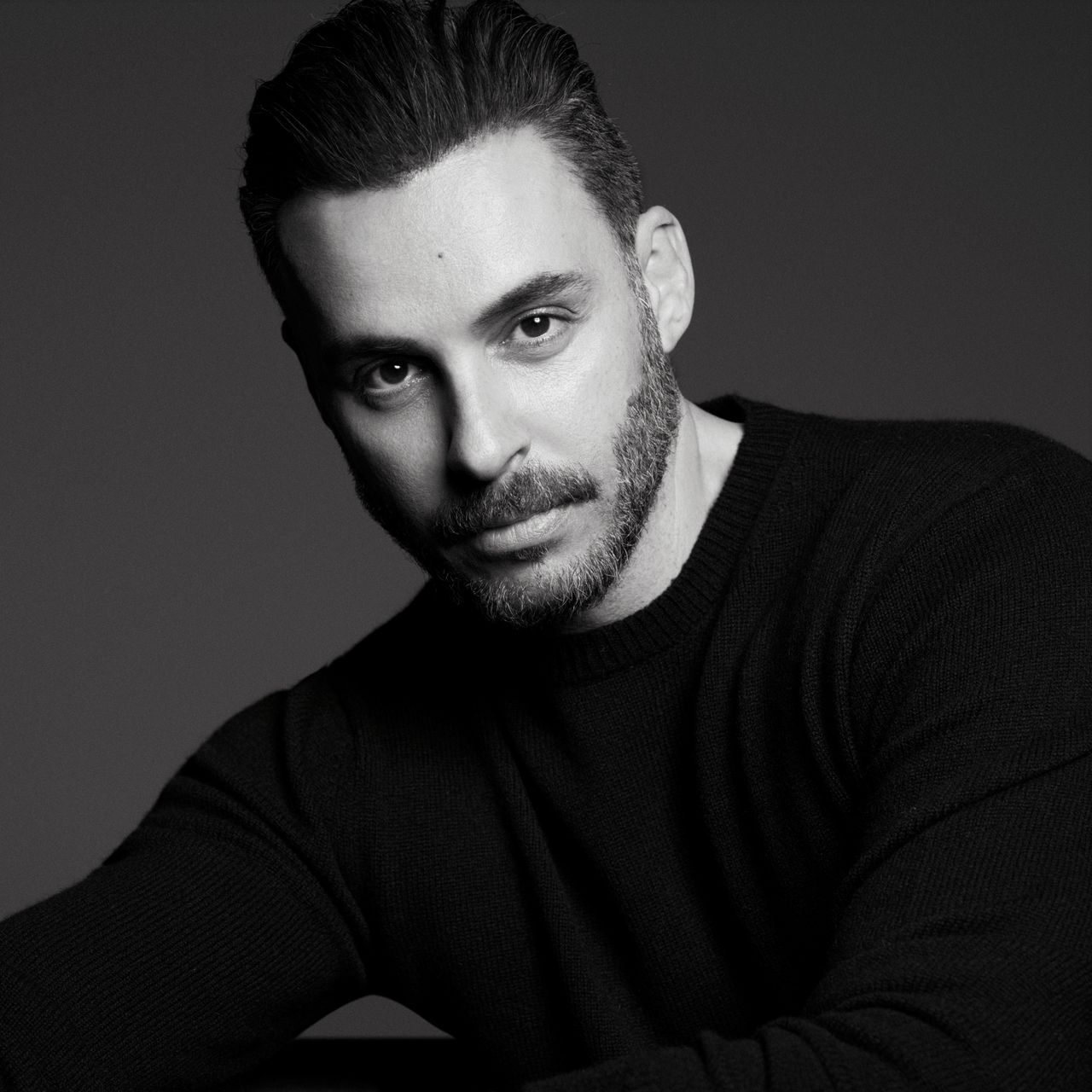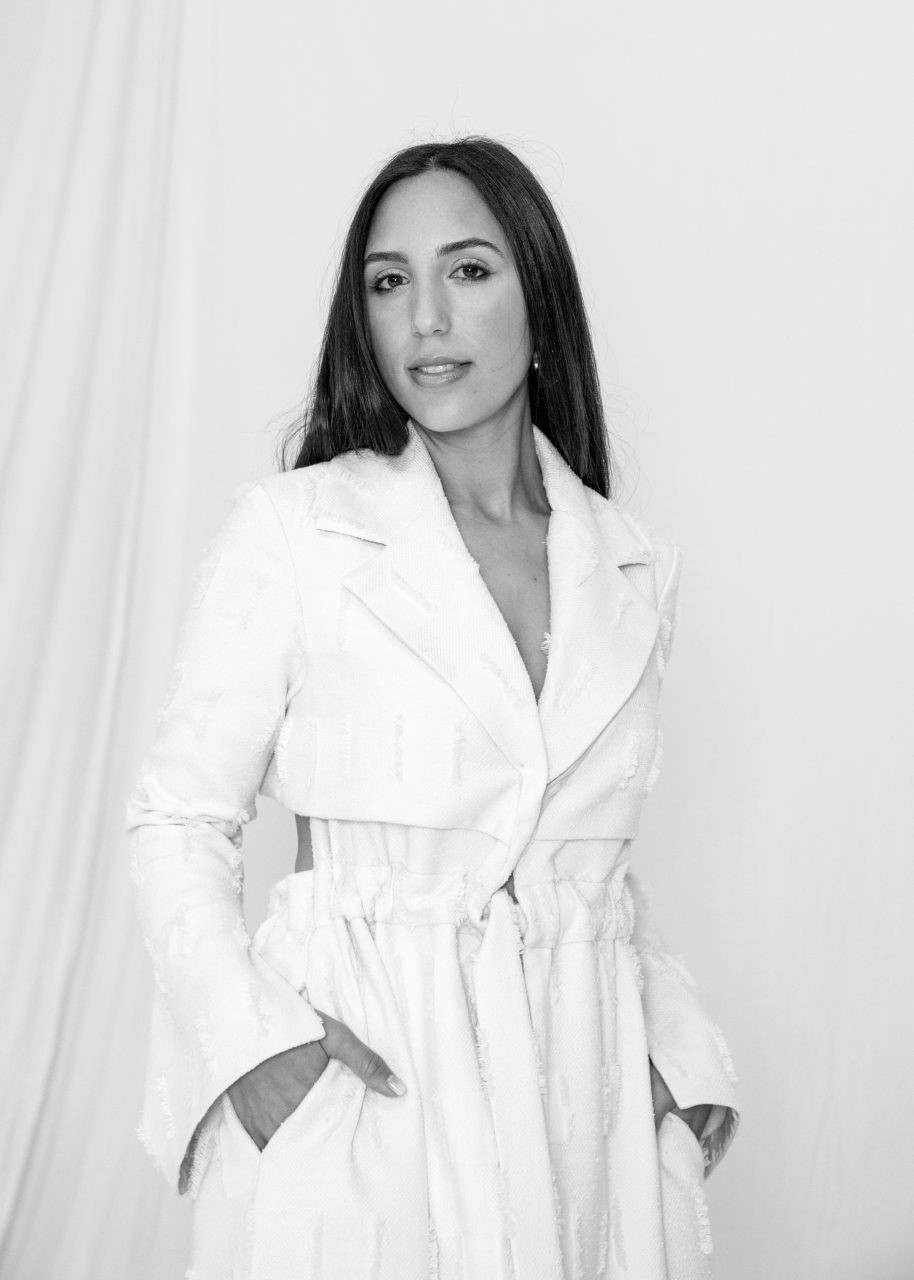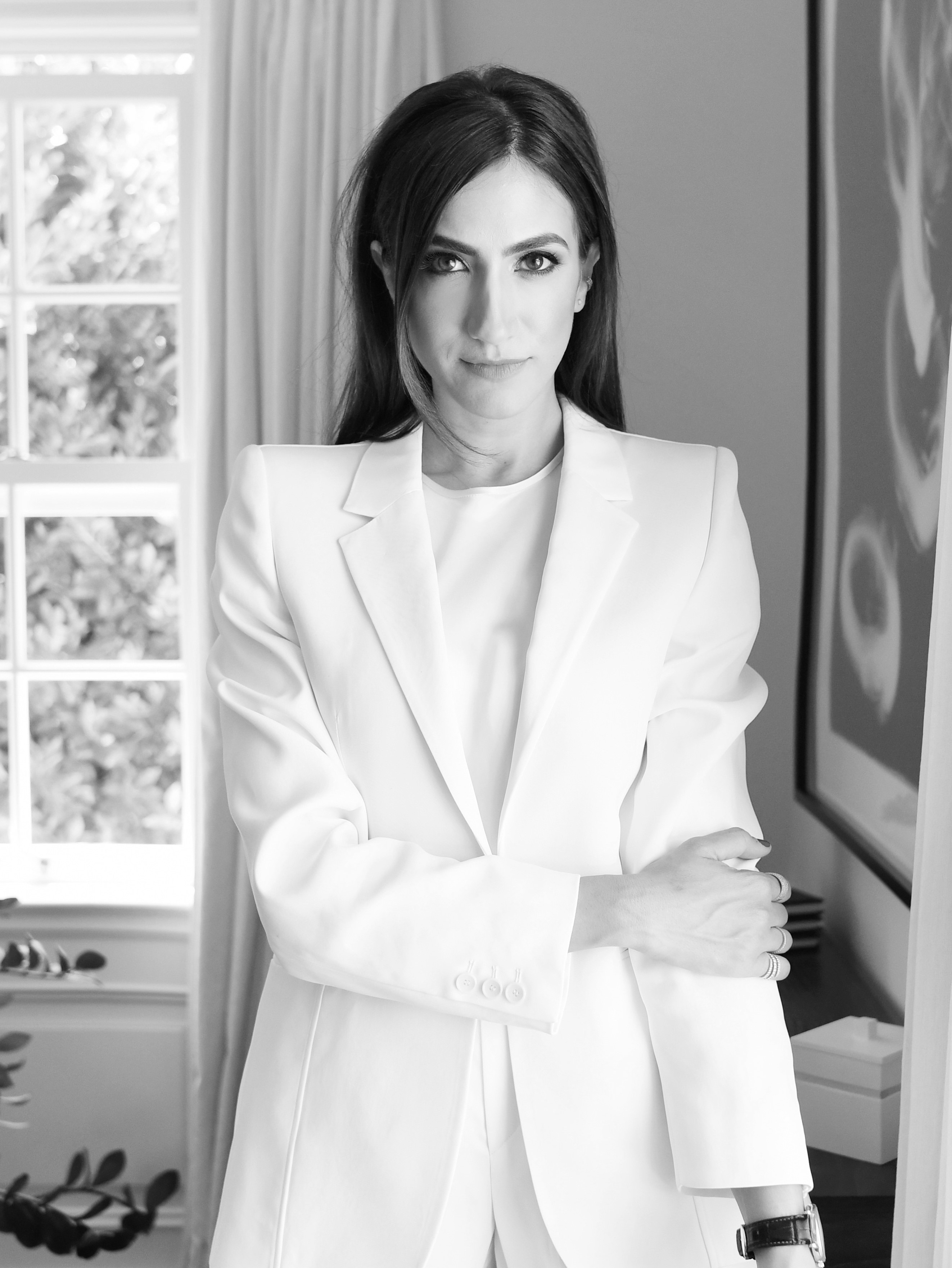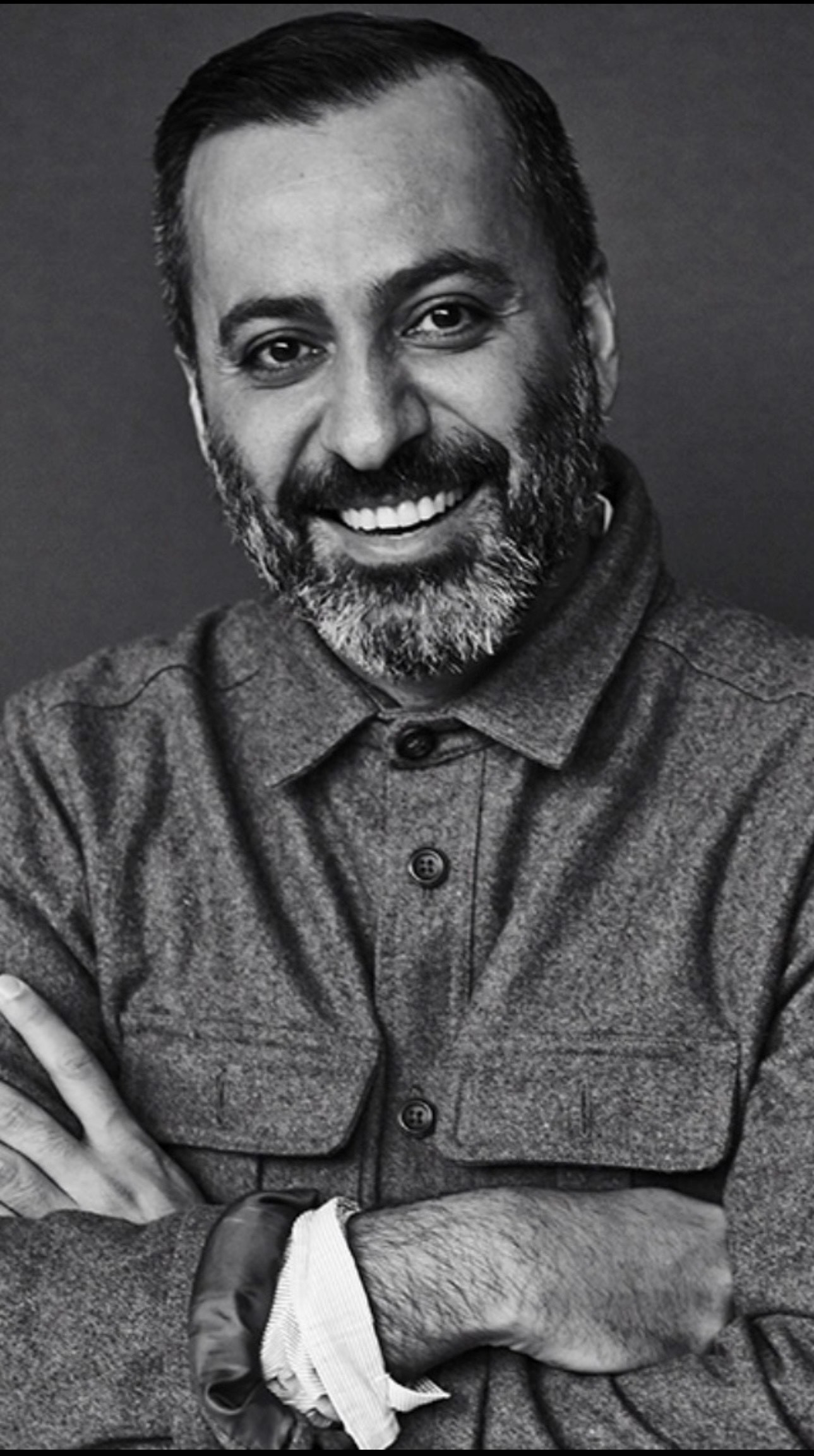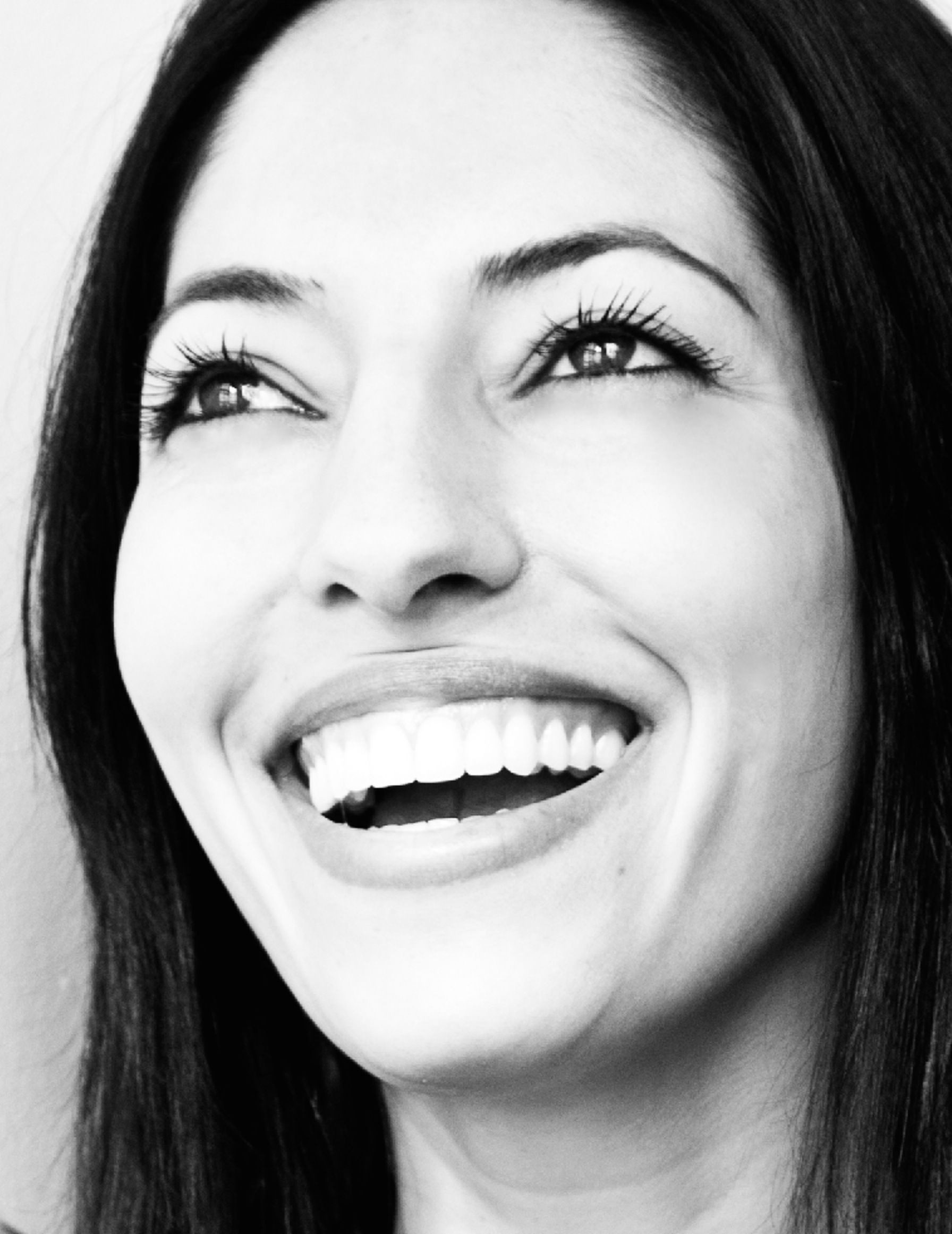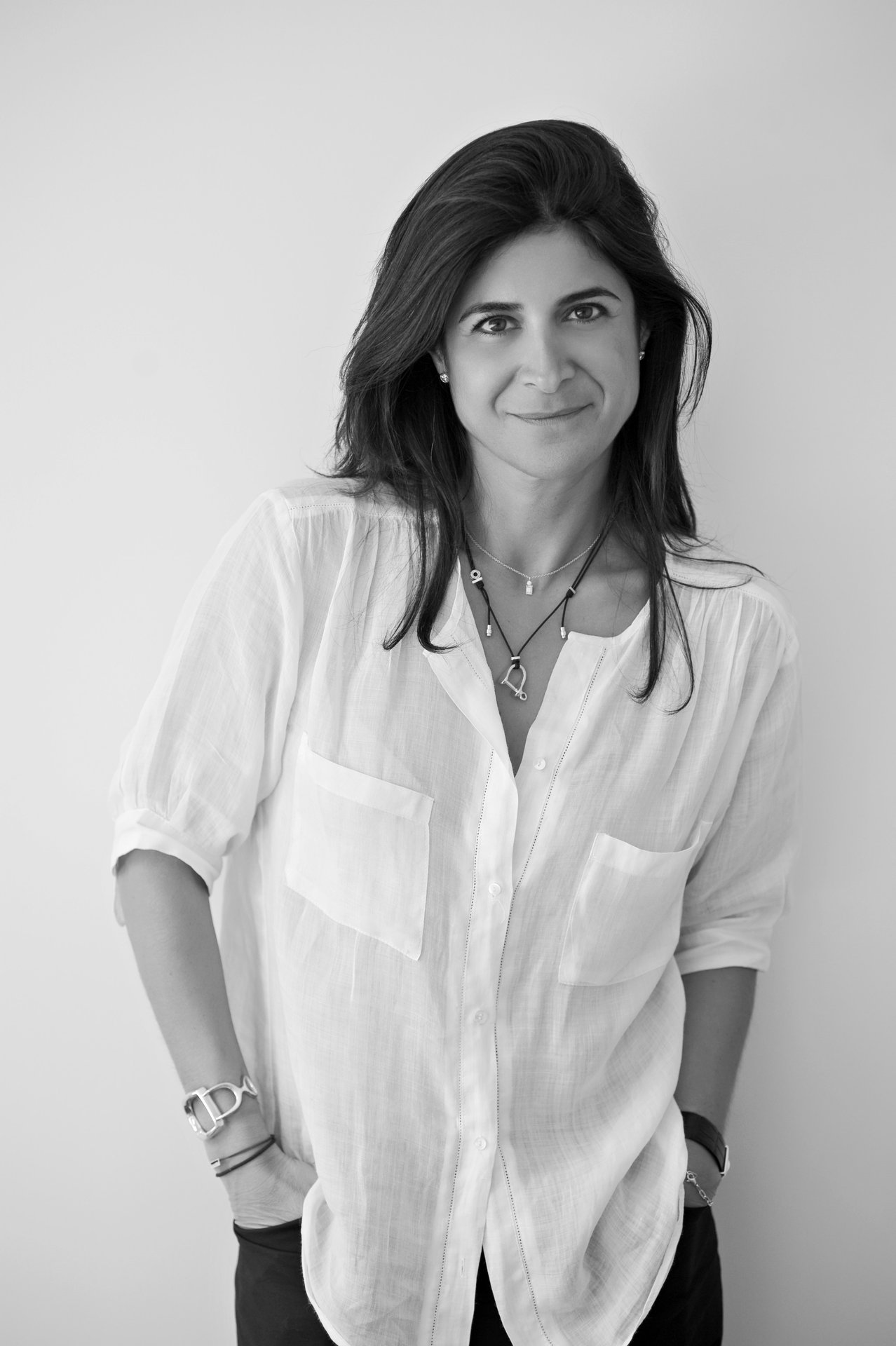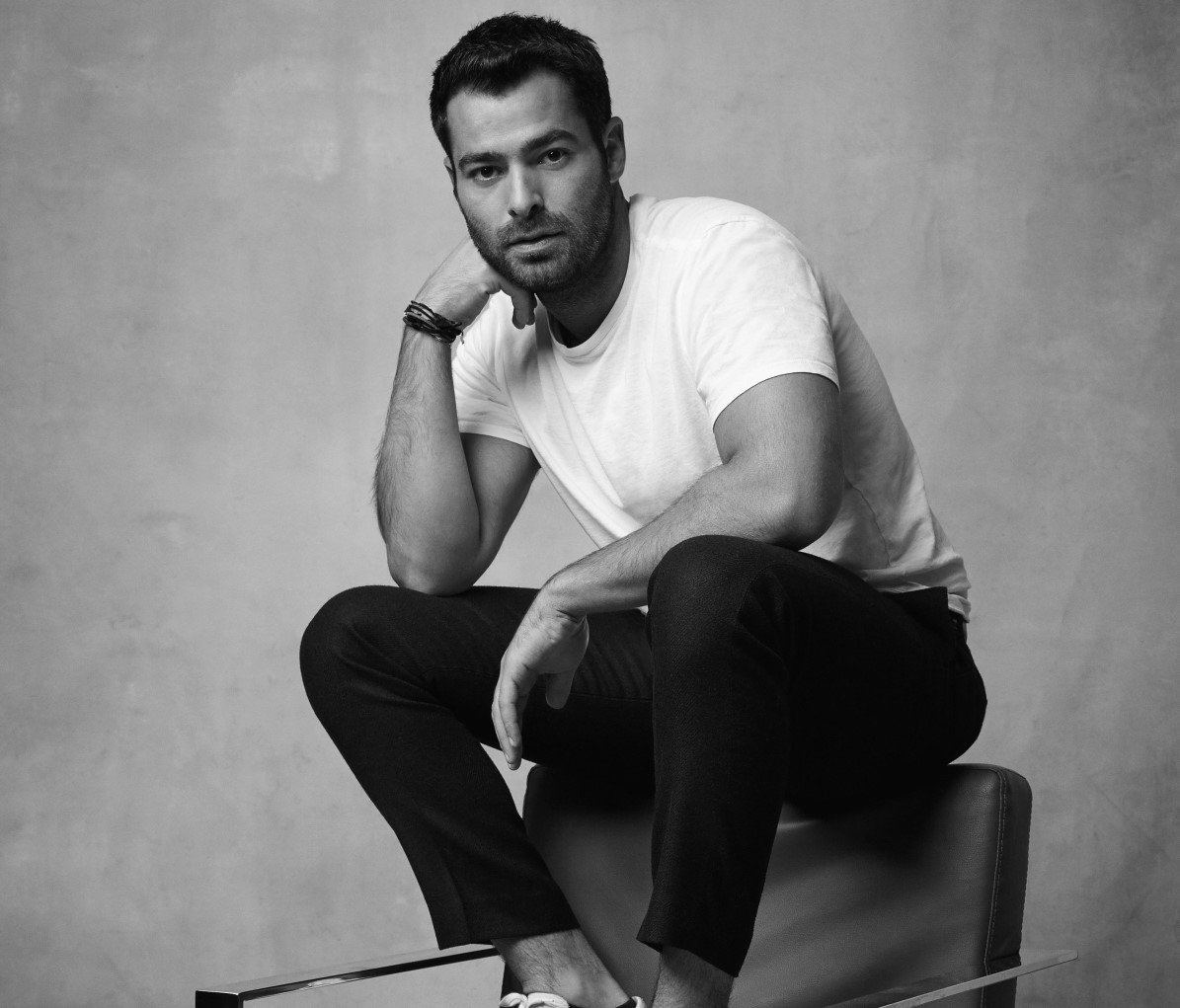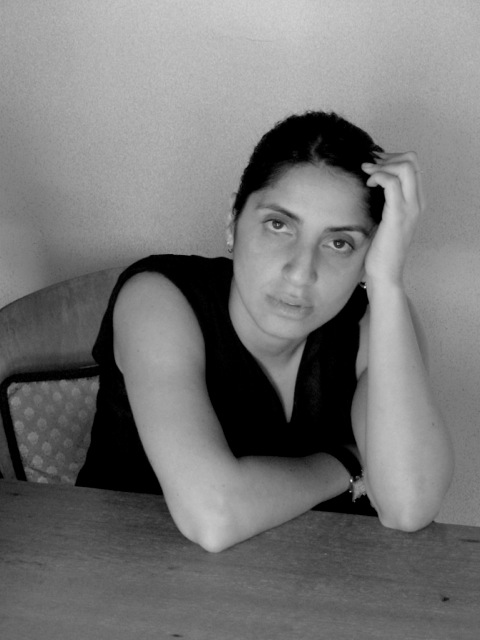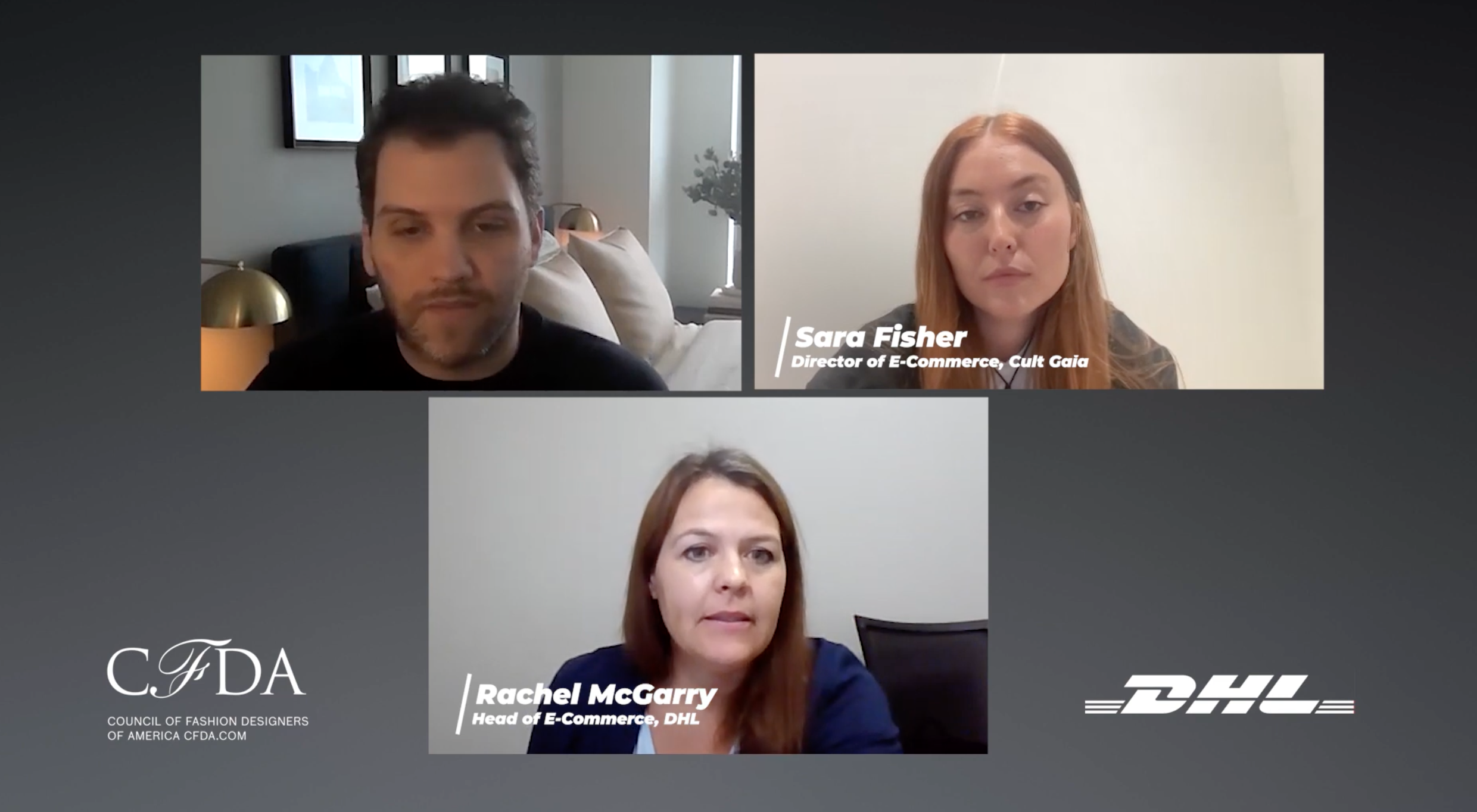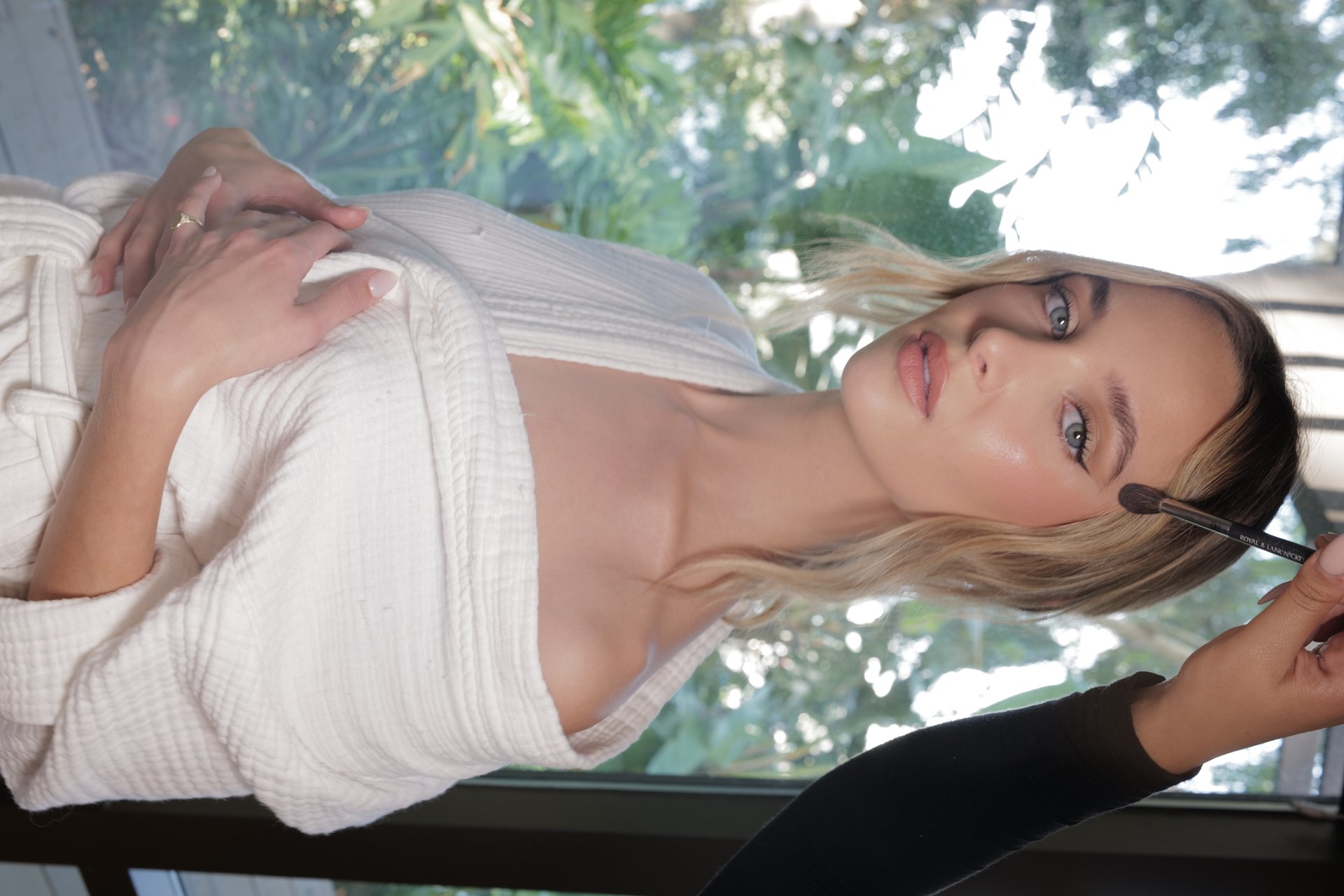Noor Pahlavi is a New York-based activist and influencer. She is also the granddaughter of Iran’s last Shah, the late Mohammad Reza Pahlavi. Born in Maryland well after the revolution, Noor has been joining other Iranians at protests.
Here, she shares some thoughts on her Iranian heritage, the current unrest, and hopes for Iran’s future.
As an Iranian or of Iranian descent, what does your heritage mean to you and how does it factor into your identity?
There is a bond between Iranians that is difficult to put into words. No matter how far away we are from home, or if we haven’t ever yet been home, being Iranian is an inseparable part of our identity. It’s our family, our language, our culture, how we relate to one another and a part of everything we do. Being far from Iran makes those bonds and sentiments even stronger.
What are your feelings as you see the growing unrest and violence against protesters, particularly against women?
Most Iranians living outside of the country still feel very strong ties to our country from hearing first-hand accounts from our family members. I can say that for me and others, watching what is happening to our compatriots weighs heavily on us. This weight is accompanied by a feeling of helplessness to a certain extent. We are watching these brave women and men risk everything for their freedoms and those of their loved ones, having been crushed by brutal force time and again. But we’re inspired by that bravery to do whatever we can to be a voice for their struggle. There’s been a strong desire from the Iranian diaspora in any way they can, which has been remarkable. We have to keep that dedication and desire going by continuing to share the content coming out of Iran and not allowing our compatriots to fall victim to the next news cycle.
What are your thoughts on the role fashion plays in freedom of expression and its place in social/political movements?
Art has always been so important for us Iranians. Whether that be music or painting or poetry or fashion, art of course has always played a role in advancing social and political movements. I hope the international arts community can continue to expand its role in being a voice for Iranians and follow the lead of brave Iranian artists like Shervin Hajipour and others.
I think much of the international community is still not aware of the extent of the subjugation women in Iran have faced since 1979. They can’t dance in public; they can’t sing in public; ride a bicycle; get married without the permission of a father or judge; they are segregated from men in the classroom, workplace, beaches; they can’t become judges, hold key positions in government or in the religious sector, or gain influence through any positions that might help them determine their own fates.
Iran, under this regime, is truly a gender apartheid. The art world can play an important role in highlighting these facts in poignant ways that even politicians or the media may not be able to. This applies particularly to the world of fashion because this movement has often been symbolized by women removing a mandatory headscarf, which symbolizes all of these forms of oppression, and burning it.
What are your hopes for Iran?
I hope to see a secular, democratic, unified Iran where people celebrate their differences and aren’t cast aside or punished because of who they love, their gender, or religious beliefs. I hope to see a day where people cast their votes freely for their elected representatives. I hope to see the environmental damage inflicted by this greedy and careless regime addressed so that Iran’s natural resources and beauty can be restored and preserved for future generations.
